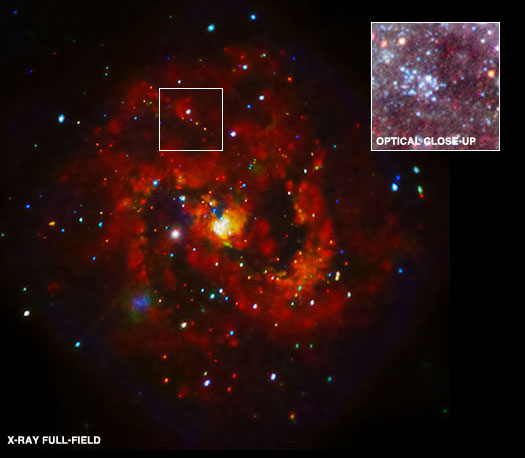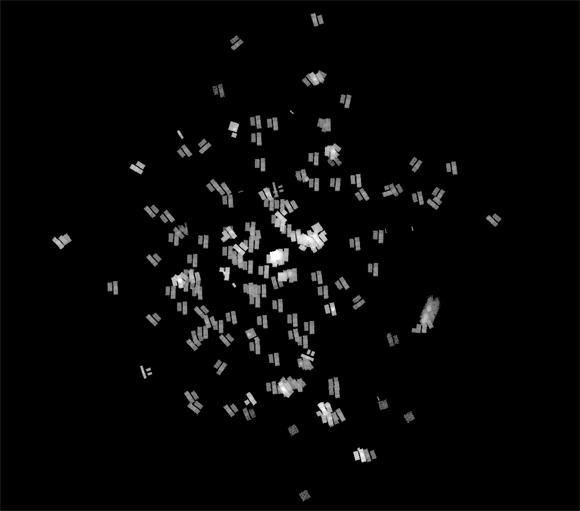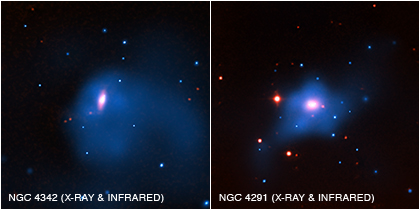Remembering the Original Chandra
Submitted by chandra on Wed, 2012-08-22 15:03On August 21, 1995, the field of astrophysics lost one of its greats. Seventeen years ago this week, Subrahmanyan Chandrasekhar passed away. Chandra, as he was known to his friends and colleagues, was widely regarded as one of the foremost astrophysicists of the 20th century.







